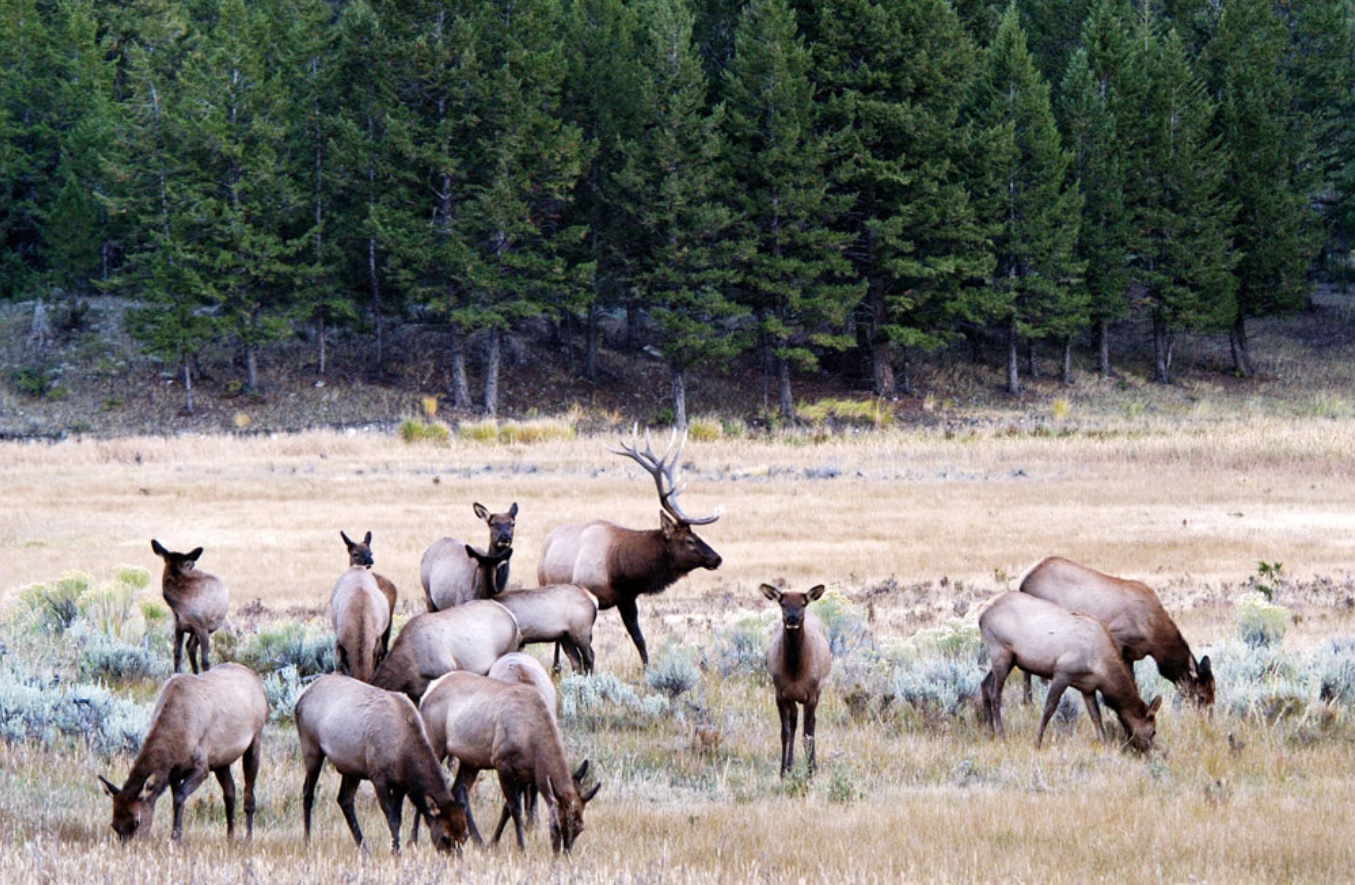Researchers are working to reduce wildlife collisions along Highway 3 through the Crowsnest Pass by tracking animal movement patterns.
The area is a hot spot for accidents involving wildlife, and Andrew Holland, Nature Conservancy of Canada spokesperson, says this is due to the highway intersecting with a major wildlife corridor.
“People in the area will be accustomed to encountering bears, deer, elk and bighorn sheep. They’re coming into contact with motorists, and it’s a hazard for wildlife and drivers,” said Holland.
“To better identify hotspots for collisions, we’re setting up 80 motion-sensitive cameras to track animal movement, and we’ve fitted different wildlife – eight grizzly bears, nine mule deer and 20 elk – with satellite collars to track their movement day and night. This will help identify where the animals are moving and where the pinch points and hot spots for collisions between motorists and wildlife.”
While the project is targeting B.C.’s highways, having been launched by the Alberta Transportation and Economic Corridors, many commercial and tourist drivers pass through the area on the way to and from the East Kootenay.
“It’s a very busy highway, especially in the summer months. It’s a beautiful scenic drive with lots of animals in the area, too,” said Holland.
“We’re going to be looking at what’s happening and using satellite tracking to follow the movement of wildlife helps us understand how these new animal crossings are impacting animal movement, whether they’re effective and what else can be done.”
The data collected will inform the Alberta government on where wildlife crossing infrastructure is best positioned. This future infrastructure could include overpasses, underpasses, culverts, fencing and escape ramps.
“This will give a good snapshot of wildlife movement in the area and give an indication of what’s happening,” said Holland.
“It will help inform conservation decisions from groups like the Nature Conservancy of Canada and others and it helps governments from an infrastructure standpoint. It will help decide where exactly wildlife fencing is needed, where fences are now and what additional measures can be put in place.”
Holland says similar projects have seen great success, including an 80 per cent reduction in wildlife collisions along Highway 1.
There have not been any announcements on new major wildlife infrastructure projects along Highway 3 yet, but Holland says significant progress will be made over the next five years.
The Government of Alberta’s Ministry of Environment and Protected Areas, Biodiversity Pathways, Miistakis Institute, Nature Conservancy of Canada, University of British Columbia Okanagan and Yellowstone to Yukon Conservation Initiative are working together on this project.
The work is funded by the Government of Alberta, Parks Canada’s National Program for Ecological Corridors, the Calgary Foundation, Wilburforce Foundation, Woodcock Foundation, and Minister’s Special Licence Resident Draw Grants.
Be the first to know! Don’t miss out on breaking news and daily updates in your area. Sign up to MyEastKootenayNow News Alerts.




